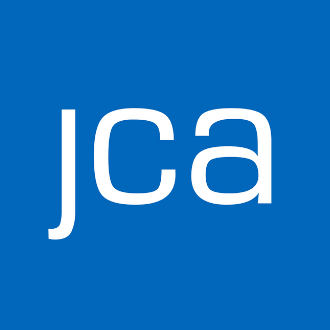Data in Marketing: Ticket Pricing

Jamie Alexander
Director, Strategy & Insights
How do you know if your tickets are mispriced?
Many marketing and ticketing teams often ask for our professional advice regarding if their organization should undergo a time to start a Pricing Study. So we thought we’d share some advice if you find yourselves asking—is it time for a Pricing Study? How do we know if our prices need updating?”
There are a few tell-tale signs that your ticket prices are misaligned with their value:
You haven’t changed your prices after the pandemic reopening
It’s a general rule of thumb that prices should increase a bit at least every other year to account for inflation and avoid a major price jump. This is especially true now, with inflation reaching as high as 9% over the past few years. So, if you haven’t updated your prices since FY20, or even since reopening in FY22, now is the time. Chances are you’re leaving money on the table by not accounting for inflation and—perhaps more importantly—not accounting for changing audience behaviors and values.
You are doing A LOT of dynamic pricing
Dynamic pricing is meant to be used when demand is different that your projections or expectations. In an ideal world, you’d be getting prices right from the start and using minimal dynamic pricing. If, instead, you find that you are consistently raising or lowering prices, it means that your starting prices are misaligned and need to be recalibrated with actual demand.
You have holes in awkward places in your theatre
If you’re seeing gaps in the theatre where people aren’t sitting, it is an indication that your theatre isn’t zoned correctly and/or the relationship between your prices is misaligned. For example, if you see a big hole in the middle of the orchestra, with people sitting in front and behind the hole, it means that people are selecting the next lower price instead of the better seat. This means you may have too many tickets in the higher price, or the next lower price is too good a deal to pass up.
Your average yield is significantly lower than your average price
If your average yield (average price people are actually paying for tickets: revenue divided by units sold) is consistently significantly lower than your average price (average face-value price, or starting price), then you may be overpriced. Average yield will usually be lower than average price due to subscriptions and targeted discounts, but if it is consistently significantly lower than average price then you may be a sign that you’re having to over-discount to move tickets, or that people are frequently favoring low-priced seats over better seats in the top prices.
Only the top price is selling out or selling significantly faster than other prices points
If your top price is selling out while large quantities of other price points are still available, it may mean you are underpriced. When you see this, there is an opportunity to push the top price, and the prices around it, higher.
And, perhaps most importantly:
Your audience’s willingness to pay is a mystery
Not every audience member has the same willingness to pay, meaning not every audience member values the art equally. That said, there are likely groups of audience members who value the art similarly. By understanding the willingness to pay of these groups, or segments, you can cater prices to various audience member’s willingness to pay. By doing this, you will maximize revenue from audience members who are willing to pay a lot, and maximize accessibility for audience members who will pay less.
If you see any of the above symptoms in your ticket pricing, or if you aren’t sure how to determine if you have these symptoms, it’s time to do a Pricing Study. We’ll help you get your prices right from the start and make sure you have a strategy in place for reaching your revenue and ticket sales goals throughout the season.
Prepare Your Pricing NOW for the 2024-25 Season
By completing a Pricing Study, you’ll receive complete ticket pricing strategy—from house scaling to dynamic pricing to discount tickets and more—that allows you to reach your goals, whether they be around revenue, attendance, or community access. So, what’re you waiting for?

